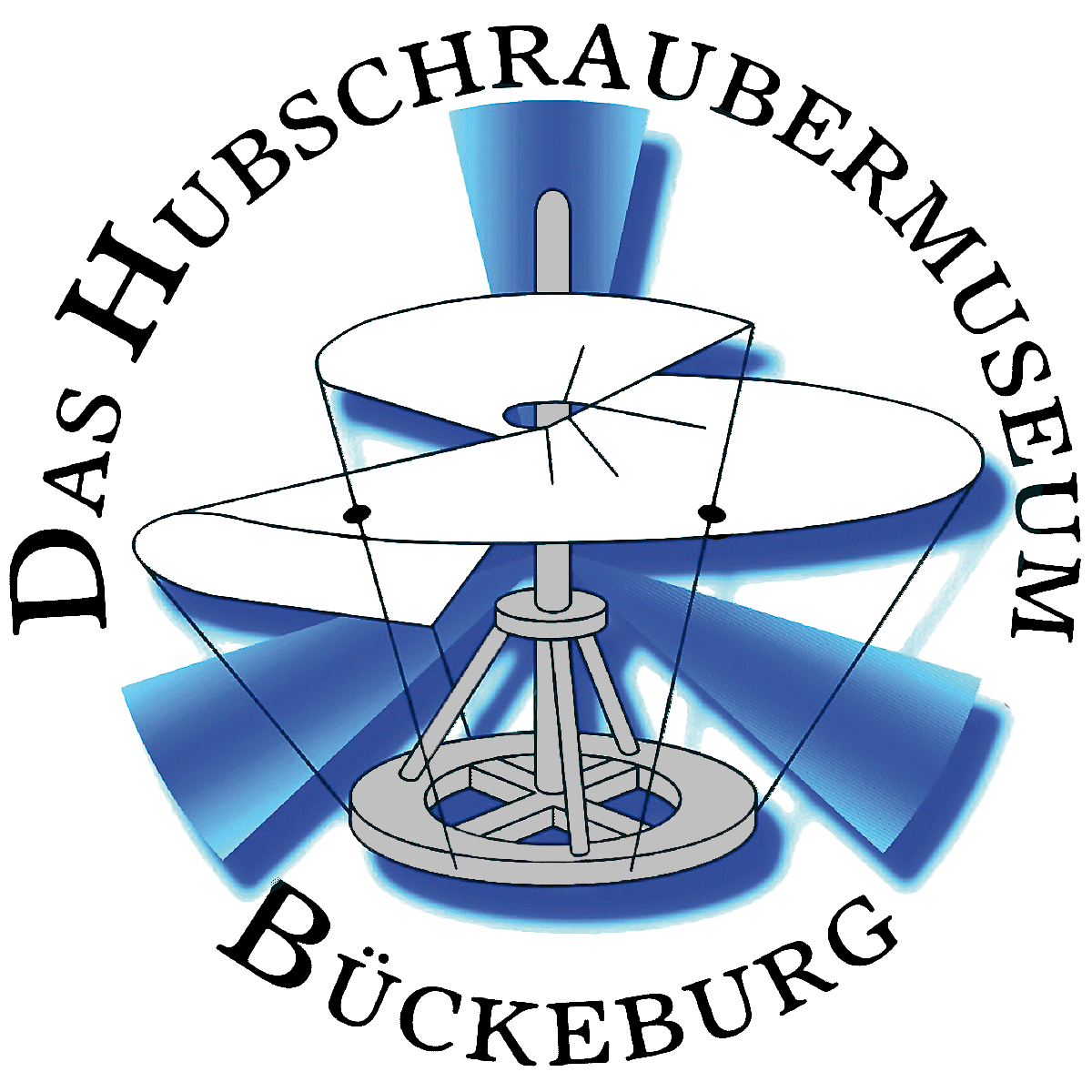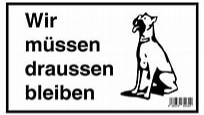Ludwig Hofmann-EN
Ludwig Hofmann
Ludwig Hofmann (born 19th July 1912 in Elsenfeld † 14th September 1979 in Bühl (Baden)) was a German record aviator, test pilot and aviation pioneer.
At the age of 16, he took on training for glider pilots, three years later, the engine flight training. His first major success achieved Hofmann 1934 as overall winner of the “Rhönwettbewerb” (“Rhön Competition”) at the Wasserkuppe (Hesse). In the following years he has flown several national, European and five world records, including a distance record of 474 km length in 1935, with which he became the first man to break the 400-km border and the existing record by almost 100 km surpassed.
That same year he was track champion of the 1st International Alpine gliding competition on the “Jungfraujoch” in Switzerland. In recognition of his piloting services in 1935 Ludwig Hofmann received the newly created “Adolf Hitler Preis” (“Adolf Hitler Cup”) for gliding, the successor of the “Hindenburg Cup”. In 1936 he belonged with Hanna Reitsch, Otto Bräutigam and Heinz Huth to the German Olympic team of pilots and in 1937 he took part in the first World Gliding Championship and became Vice World Champion behind Heini Dittmar.
1937 Hofmann was appointed head of the aeronautical test center in Trebbin. In this capacity, he underwent almost all German Glider pattern of flight performance testing. In addition, he was responsible for the aeronautical development of school glider SG 38, which subsequently became the most built training aircraft in the world.
During World War II Ludwig Hofmann worked for helicopters and became jet fighter test pilot, but remained largely apolitical in the sense of National Socialism. He initially worked as a test pilot of the Berlin “Anton Flettner” works. In this capacity he led 1940 and 1941 several test flights with the Flettner Fl 265 helicopter by, among other things, he landed on 18th June 1941 on a platform of the armored cruiser “Köln”. On 31st October 1941 Hofmann finally fully led the maiden flight of the Flettner Fl 282 “Kolibri” (“Hummingbird”), the first operational military helicopter in the world. In the following years he led the world’s first systematic spin flights with a helicopter through and completed the first deck landings on ships at full speed.
On 27th April 1942 he launched within 26 minutes twice to altitude test flights in which he reached heights of 3,500 meters and 3,800 meters. Both flights surpassed the last established before the war world record of Carl Bode: 3,427 meters, flown on 29 th January 1939 with a Focke-Wulf Fw 61 V2.
As in the early summer of 1944 almost completely came the German helicopter development in favor of the so-called “Jägernotprogramm” (“fighter emergency program”) to a standstill, Hofmann was transferred to the secret project Bachem Ba 349 “Natter”. First, he had to try out the new jet engines at Argus in Berlin, in particular the pulse jet engine AS 014.
Hofmann was provided for the first manned rocket of the world. He should fly the vertical take-off interceptor Bachem Ba 349 “Natter”, one of the secret “wonder weapons” projects of the Third Reich. In preparation, he should first re-acquire as much flying experience on airplanes, including on the rocket plane Messerschmitt Me 163 “Komet” (but only in the towing airplane). In addition, the fly “lying” belonged in converted aircraft to preparation program.
Since the Ba 349 “Natter” had to leave by parachute, the famous skydiver William Buss was assigned by the test site Rechlin to Berlin to complete with Hofmann intensive parachute training. In one of the jumps Hofmann was seriously injured. He suffered a fractured skull and spent the next several months in the hospital. However, this accident saved his life. After several pilots had rejected the task led on 1st March 1945 Lothar Sieber through the first manned rocket of the world in the Swabian Alb. Shortly after takeoff, the rocket exploded, Lothar Sieber did not survive the disaster.
After his recovery Hofmann was transferred in early 1945 to Messerschmitt, where he had to perform high-speed flight of the Messerschmitt Me 262, the first operational jet fighter in the world. It should be investigated so-called Mach-tipping. Mano Ziegler writes: “The pilots climbed to 10,000 to 12,000 meters and controlled with full engines running in a steep orbital inclination flight and arrived at about 7,000 meters above sea level at a speed of about 950 km/h.”
The aviation historian Manfred Jurleit writes about the particular dangers of this activity: “Incidents at the test flight operations were as often in each manufacturing operation. But when flying the Me 262 passed because of the new engine technology and the high speeds more accidents than conventional types. “
vAfter the war, he was ordered by the US Army Air Force to reparation work. He was one of two Messerschmitt pilots who approached the task of training the so-called “Watson’s Whizzers” on Me 262. The “Watson’s Whizzers” was a special unit of the Air Technical Intelligence (ATI) of the US Army Air Force, which had been commissioned under the leadership of Colonel Harold E. Watson to look in occupied Germany to innovative aircraft technology and to ensure this.
The US Army Air Force paid special attention on the new jet fighter Me 262. Ludwig Hofmann and Karl Baur trained the US pilots on a two-seat version of the Me 262. This aircraft was transferred by Hofmann from Lechfeld to Melun, near Paris. In honor of Hofmann pilots “Watson’s Whizzers” not give this up obtained today Me 262 (Me 262 B-1a, the movement numbered 110639, US-No. 555) called “Willie”, which was Hofmann’s nickname among Americans because they “Ludwig” could pronounce correctly. Wolfgang W. E. Samuel writes: “By unanimous vote often he Whizzers, Vera what rechristened “Willie” in honor of their ever jovial and story telling Messerschmitt test pilot, Ludwig Hoffmann (sic!). They had come to like Willie, and this what their way of saying, Willie, you are one of us. ‘ “
This Me 262 “Willie” stands today as an exhibit to the Willow Grove Naval Air Station in Pennsylvania / USA. In the years 1993 to 2000 the aircraft had been loaned to the “Me 262 Project” to serve for the Texas Airplane Factory as a pattern for an airworthy replica of the first operational jet fighter in the world. This replica of the Me 262 “Willie” flies now.
Among the captured by “Watson’s Whizzers” aircraft there was a with a 50-mm cannon (Type MK 214) equipped version, put the Colonel Watson special value. In the final transfer of the flyable Me 262 to Cherbourg should therefore Hofmann fly this Me 262. From Cherbourg the captured aircraft were to be eventually shipped with the aircraft carrier “HMS Reaper” to the USA.
In this last flight on 30th June 1945, there was a fatal accident as one of the engines suddenly caught fire and fighter jets at a speed of 600 to 700 km/h was flightless. Hofmann had to get out of the burning Me 262 by ejection seat, which required numerous handles and a complicated unrolling the jet fighter. The aviation historian Manfred Jurleit writes that Hofmann was the only pilot who had ever jumped in a case of emergency from a burning Me 262 with a parachute and would have survived.
Responsible Lieutenant Bob Strobell from “Watson’s Whizzers” later reported: “If did enginge had disintegrated on me or one of my guys, we would have never rolled the airplane upside down. We were no test pilots, “Willie” was We were not even ready to think about doing something like that. ” Hofmann survived seriously injured. This flight was the last flight of a German pilot with Me 262.
After his recovery Hofmann was able to travel to his family in Blankensee (Trebbin) near Berlin. The plan to relocate with his family in the American occupation zone, fell through because Hofmann was placed directly after his arrival from the Russian administration under house arrest. On command the Russian occupying power Hofmann 1946 seconded to the Junkers plant in Dessau to afford there reparation work as a test pilot.
In October 1946, Hofmann was deported with his family as part of “Operation Oswakim” with about 2,200 other German technicians and specialists of the aviation industry in the Soviet Union, where he had to work as a test pilot and designer continues. Hofmann was assigned in Podberesje the “Factory no. 1 of the Ministry of Aircraft Industry” (OKB 1).
For eight years, Hofmann was arrested in Russia. He had to perform, among other flight tests with the already configured by Junkers jet fighter EF 126 and attempting Hunter I-215. He later became head of the static laboratory of OKB 1 and had to be working as flight technical advisor on the development of EF 152.
1954 Hofmann succeeded with the support of American intelligence to escape to the Federal Republic of Germany. He worked as flight technical director of the “Deutsche Studiengemeinschaft Hubschrauber – (DSH)” (“German Study Society for Helicopters”). before he took over responsibilities as a test pilot and engineer for Bölkow and Heinkel.
1957/58 he developed under this activity the helicopter Trainer “System Hofmann”, which was produced as a BO 102 of Bölkow in small series. According to Kyrill von Gersdorff copies of BO 102 were in pilot training of the Bundeswehr, the French, English, Spanish, Italian and Yugoslavian army used and remained until the end of the 1960s in operation. “The prototype of 1957 is still in the company owned (now EADS), a Heli-Trainer BO 102 B is in the Helicopter Museum exhibited in Bückeburg.”
In 1960 he founded the “Ludhof-Technik GmbH” his own company and developed a patented lashing system. From active flying he withdrew more and more.
Text from Wikipedia, the free encyclopedia



